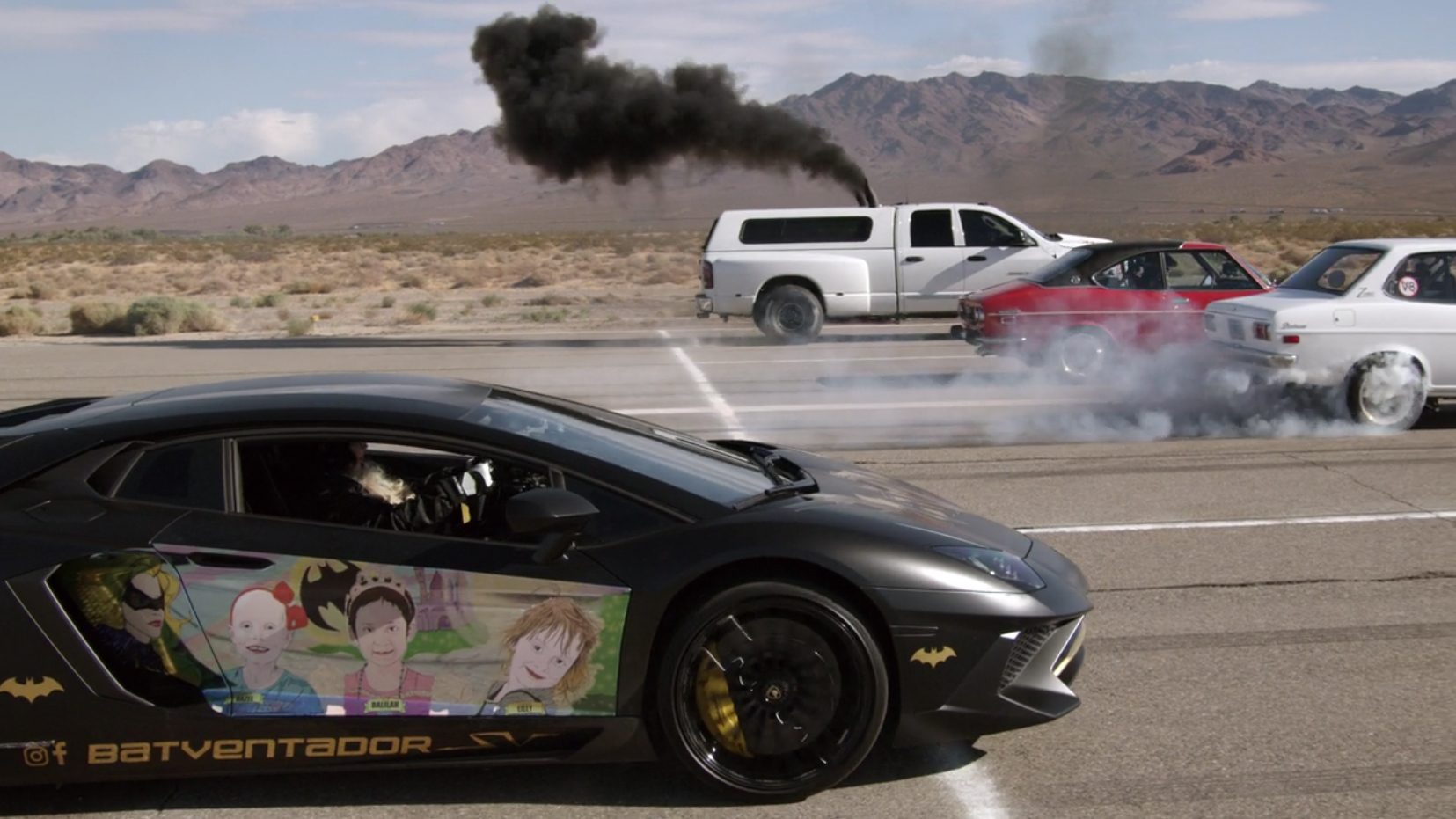Automotive culture rarely gets a look-in on television. Although hundreds of millions of people worldwide drive cars, precious few actually take an interest in them.
Shows like Top Gear are the exception rather than the rule, and see success by playing the entertainment angle. Aside from televised race events, a TV program dedicated to nothing but the car for an hour is almost unthinkable.
That’s why Fastest Car on Netflix is such a novel concept. The show builds each 45-minute episode around one crucial drag race. The quarter-mile sprint itself is merely the climax though; the show dedicates a chunk of its run-time to exploring the cars taking part and the personalities behind them. Each vehicle has its story, as does each owner.
Unfortunately, what Fastest Car usually shows of the personalities is not far short of appalling. From envy to arrogance, pettiness to straight hatred, many of the show’s participants do not leave a good impression of themselves — or car enthusiasts in general.
Caution: The article below reveals some plot points, although we’re keeping the results quiet…
Let’s get Fastest Car’s biggest fault out of the way first though. It’s pitched as supercar vs. sleeper; can a car heavily modified from stock beat a lightning fast car from the factory on a fraction of the budget? Each week, one supercar faces off against three sleepers in a four-way drag race. Yet almost none of the cars in the show are actually sleepers.
A sleeper car is one which looks like nothing special at first glance, but which has serious performance hidden beneath. Indeed “sleeper” literally means something thought to be dormant and so unimportant. It’s a term applied to espionage and terrorism, meaning someone who lives as part of a community unnoticed before activation for their purpose.
So let’s look at Fastest Car’s first episode. The “sleepers” are a rat-rod based on a 1924 Dodge pickup, a giant 1964 Chevrolet that sounds like thunder, and a slammed, 1000hp minivan with a blow-off valve that would divert hurricanes. Sleepers? Hardly. To quote Brian O’Connor, the S10 — owned and run by the Maloofs — must “have at least 100 grand under the hood”. That doesn’t exactly qualify as built below a supercar budget either.
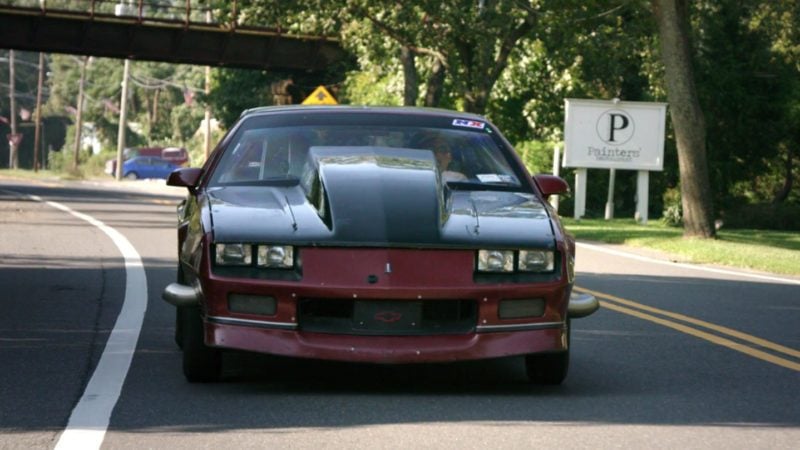
It’s a theme that continues through all seven of the build-up episodes. In fact of all the 21 “sleepers”, just three seem like there’s nothing going on underneath. Two of those are in the same episode.
However, the “sleepers” are the show’s very strongest point. The sheer mix and variety of cherished cars is incredible. The shows first feature is Corey Caouette’s fantastic (and daily driven) Lunch Money truck. There’s also a gorgeous Mazda RX-2 later in the series and a trio of very clean American muscle cars.
Whatever your preferred flavor, there’s some amazing cars and, all else aside, it’s great to see them on television.
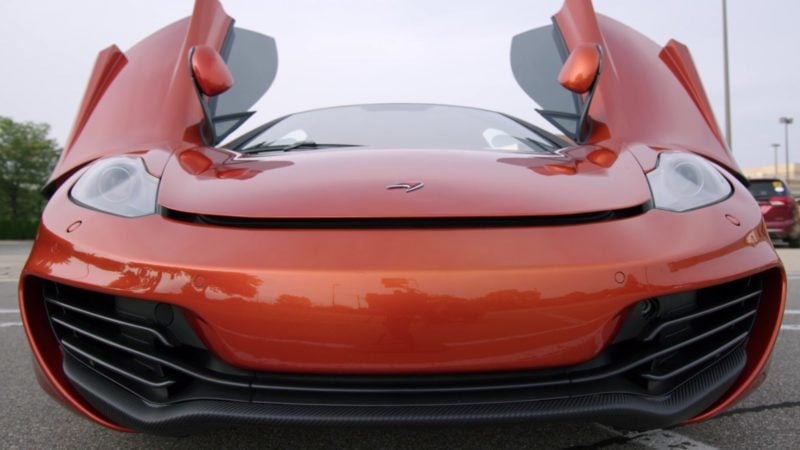
The supercars are a bit of an unusual bunch too. They’re certainly expensive compared to normal vehicles, but how super they are is up for debate.
Let’s take the McLaren MP4-12c from the rather awful 6th episode (more on that later) as an example. It’s the oldest car in McLaren’s stable and the only one the brand has replaced. The original MP4-12C is also the slowest car McLaren ever made — even the 570S is quicker. Was there not a 720S available? Or even a 650S?
The curious choices don’t end there; three of the supercars are Lamborghinis. One is the brand’s entry-level, and thus slowest, car, the Huracan. The other two are Aventadors. No argument, they’re quick cars, but with only seven episodes we get three Lamborghini races?
Fastest Car represents the fastest the US has to offer with a Ford GT and a Viper. Apparently it couldn’t dig out a single Corvette ZR1 to complete the mix, but it could find two different Aventadors…
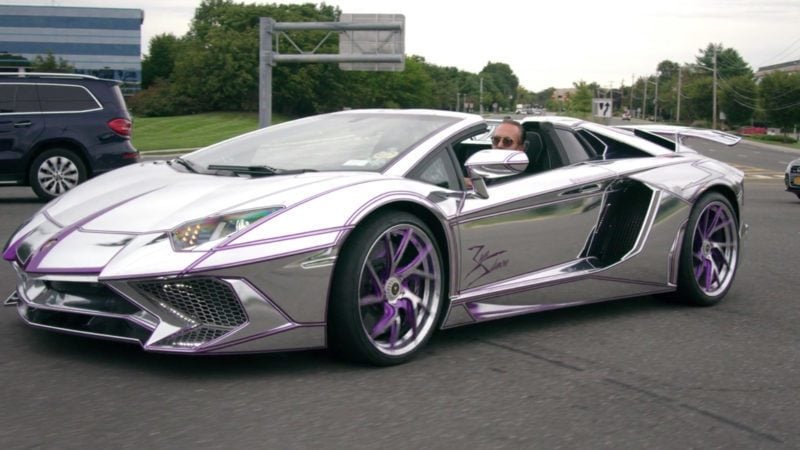
However, it’s the personalities on show that render the whole series almost unwatchable at times. The first episode is merely a taster for it. Inevitably the “sleeper” drivers in each show dismiss the supercar owner as someone who just went to a showroom with a bundle of cash and bought a fast car.
The first show’s supercar owner though is Erik Davis. Davis owns Autotopia, a car collection in Los Angeles, and now runs Always Evolving, a race team founded by Roger Rodas. If that name sounds familiar, it should; Rodas was the driver of the Porsche Carrera GT that crashed and killed both him and Paul Walker. Walker, Rodas and Davis were lifelong buddies, colleagues and raced together. When it comes to car enthusiast credentials, they’re some pretty strong ones.
Yet as Davis rolls up to the pit area and sees the three sleepers he guffaws and says “This should be funny.”
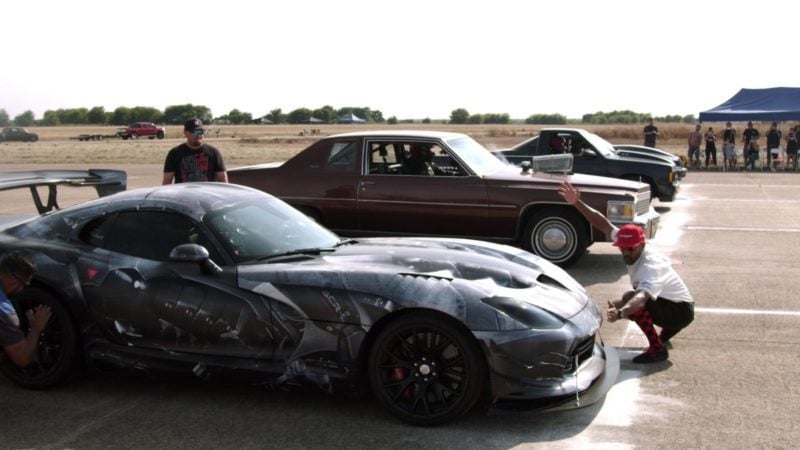
These are attitudes that pervade the show. The sleeper owners tend to think the supercar owners are ignorant posers. The supercar owners tend to think the sleepers are worthless crapboxes that don’t stand a chance. Sometimes they’re right, but it never occurs to either party that each is a car enthusiast in their own way. Community spirit is sadly lacking.
This is starkly illustrated in the fifth episode. This features an Oldsmobile Cutlass driven by Fabian Arroyo. Arroyo’s backstory includes a recanting of the Brotherhood of Street Racing. William “Big Willie” Robinson set up the Brotherhood as a way of curbing gang violence. “Our main goal at that race track,” as Robinson says in a piece of archive footage on the show, “our main product that we want to produce is brotherhood.”

We dread to think what Robinson would have made of the sixth episode. Although it’s difficult to set aside, we’ll ignore the comments the supercar owner made about monogamy not really being his thing and move straight to the race.
The officials told each driver that they could have one burnout each. That’s fairly reasonable; there’s a hot runway and four cars idling producing even more heat. One driver, who had seemed a perfectly nice chap in his pre-race sections of the show, flubbed his burnout in a major way. His colleague dumped water under the rear tires on the start line, the van didn’t spin up as it should and he ended up sitting with cold tires in water, on the start line.
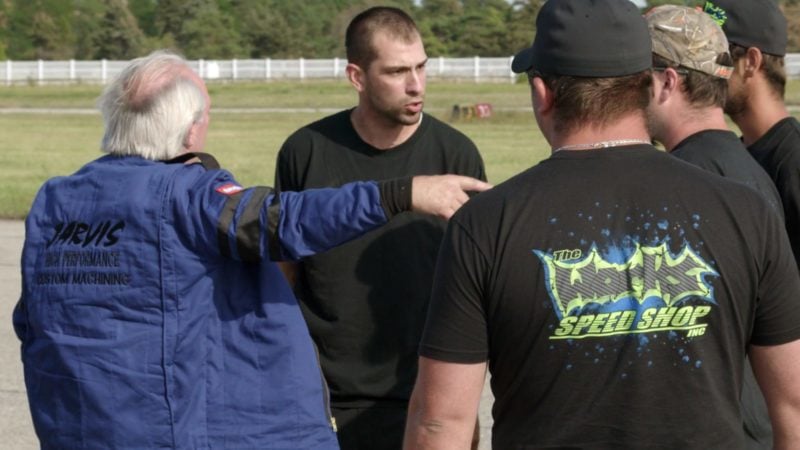
After being informed that he’d had his chance, he lost it. It wasn’t his fault for flubbing it, it was literally anyone else’s. He started screaming at his buddy with the bucket, yelling “This is ****ing bull****!” at the officials. And then decided he was doing a second burnout anyway.
That then lead to the monogamy-averse McLaren driver doing his own second burnout. In the course of all of this, the third car — a GMC Sonoma pickup — overheats and shuts down right before the green light. The other three cars get away cleanly.
The Sonoma’s owner is understandably very upset, but we think that “take this **** to the streets and mother******* get shot” is perhaps crossing a line. Soon, he and the Chevy van’s driver are yelling expletives into each other’s faces. Mmm, can you feel the brotherhood?
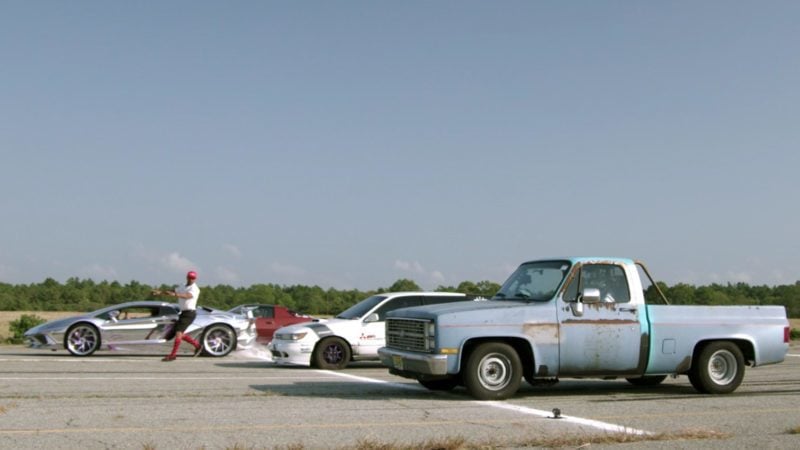
Some of the show’s other characters are similarly difficult to like. When the divorce lawyer (who seems to be channeling Joe Pesci’s Leo Getz character from Lethal Weapon) jumps the tree by full seconds, nearly mowing down the show’s race official, he laughs it off.
The Viper owner has a backstory that seems to be an unhappy school life at the hand of bros, so he became a bro to take revenge. The car’s plate is, indeed, “REVENGE”. It’s not just the supercar drivers either; the electric Datsun owner has a remarkably supercilious attitude on screen, and the results of that are dramatic.
There are genuinely likeable people on the show too. Valley girl Debbie Foreman uses her Aventador as a charity vehicle for children with cancer. Lisa Clark races in the Ferrari Challenge North America and at no point has a bad word to say about anyone or anything. The show’s star is arguably Caouette himself, who proves incredibly insightful and is constantly talking about engineering and tactics.
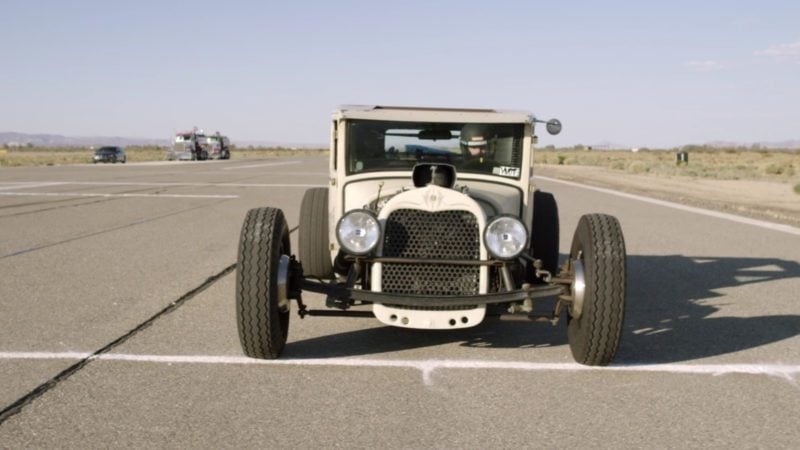
Of course, one thing to remember is that the producers could have scripted and edited the show to make it look like that. That begs the question of why they’d want to make car enthusiasts look this bad. Furthermore, no script or editing can make you seem like an awful person if you haven’t said awful things in the first place.
Either way, there are precious few winners, and they’re almost lost among those more brash characters with poorer attitudes. Although brilliant to see the type of car that would rarely get air time, Fastest Car really does appear to show car culture — and car enthusiasts — at its sniping, petty worst.
See more articles on Netflix.

